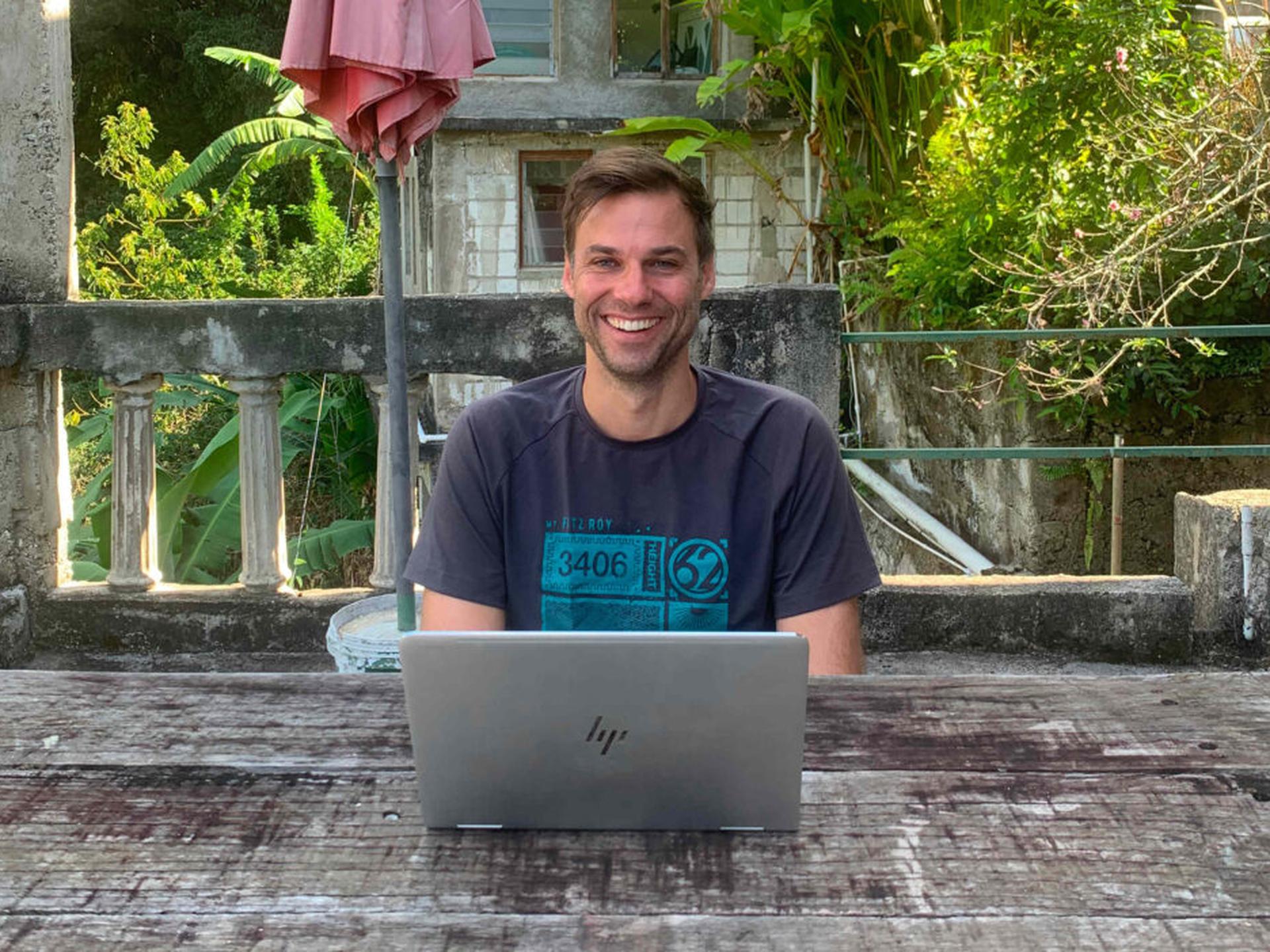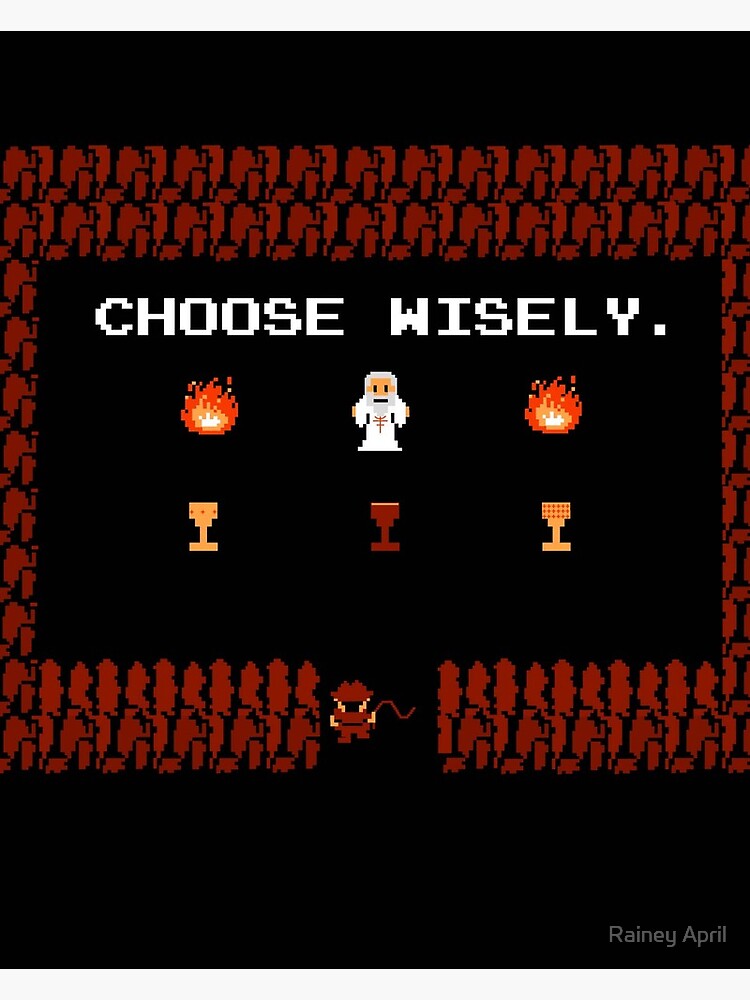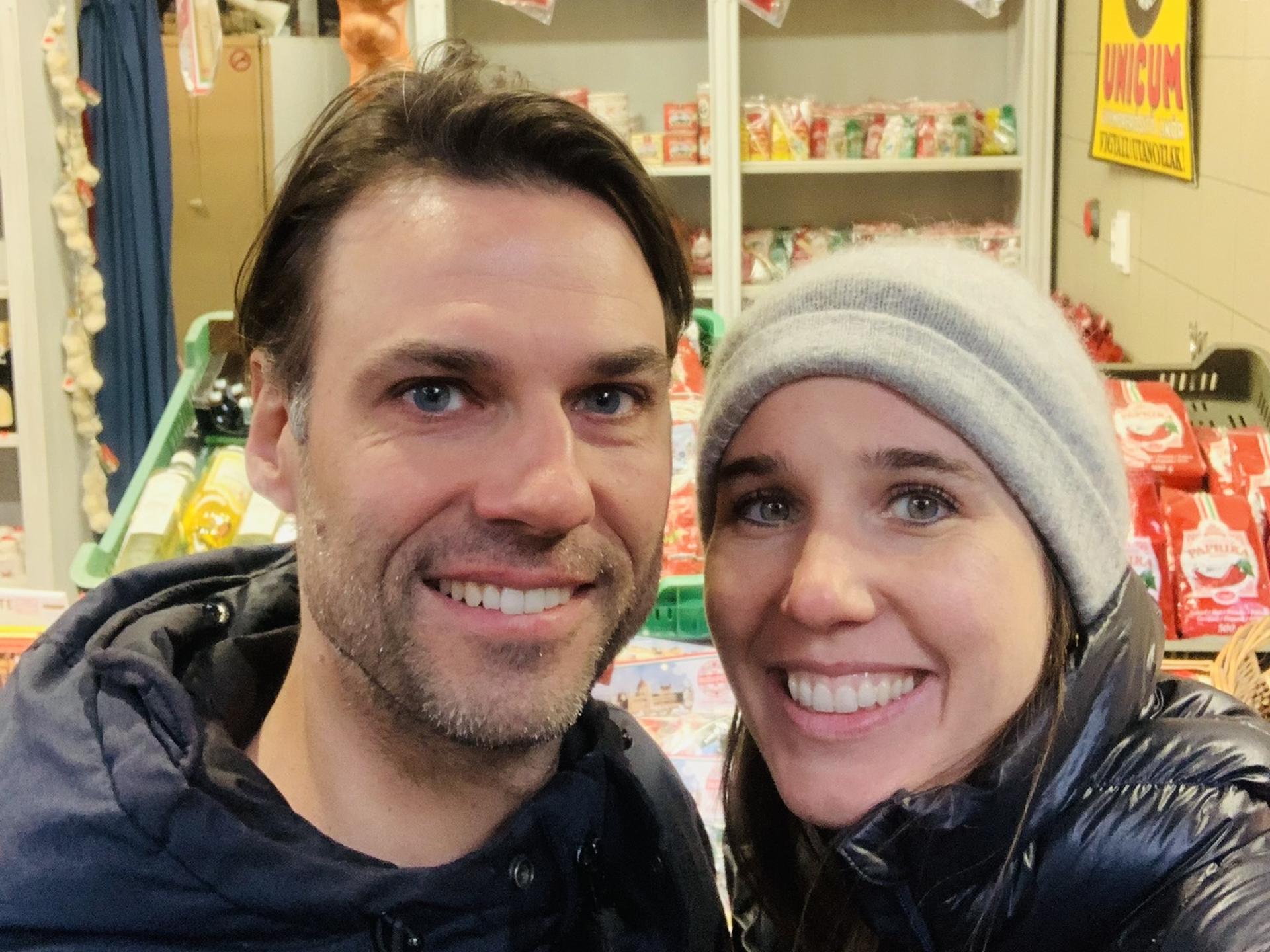Why we are building a website (and not a mobile app)
Our first big decision was, if we should build a website or a mobile application.

Coding before Breakfast
Do you think, we were aware of the size of this decision? In this post we are discussing our thought and we will reveal our first (mis)step in the process.
Building an application without a strategy can be expensive...
When we started with Food Nomad, we had little knowledge about how to go about it. We only had a rough idea what our application should offer to the users. But what about the user interface and the technology under the hood? We had no clue! So, we opened a web browser, navigated to google and typed "How to build a mobile application". This is where magic happened! Or so we hoped...
We found many tutorials leading you to success in "10 or less easy to follow steps". Some of them were filled with loads of information and lead to many question marks. That wasn't the fun part at all. Basically all we wanted was to get started. And so we did. We dived right into the process of development of a mobile application. This is how our process looked like:
We...
- decided to develop a mobile application
- dived into online tutorials on Android development
- realized, that ~30% of mobile devices run iOS
- researched native vs. hybrid* app development (* program code, that runs on multiple platforms, i.e. Android and iOS devices)
- were confronted with massive overwhelm
This approach turned out to be a complete waste of time. It took place over a period of two to three months and ended around autumn in 2021. We were too eager to start with the "fun" stuff, learning to make mobile applications. This decision was expensive in terms of time spent, as it involved hours of undirected reading. In addition, the decision of building a mobile application is fundamental and has to be thought through. Obviously, we weren't aware of this.
As a result were overwhelmed by all the research and decisions to be made - it almost ended Food Nomad even before it started. Since, we didn’t want that to happen, we sat down to work out our strategy. And this is how we started all over again:
Choose your strategy wisely
- Decided to develop a mobile application
- Dived into online tutorials on Android development
- Realized, that ~30% of mobile devices run iOS
- Researched native vs. hybrid* app development (* program code, that runs on multiple platforms, i.e. Android and iOS devices)
- Were confronted with massive overwhelm
Our biggest issue was, that we aimed for everything right off the bat. Developing a mobile application AND a website is not reasonable. Even for a corporation with financial resources, this is a complex undertaking. And don’t forget, we "squeeze" that in while exploring the Caribbean and Asia. In the end our goal is not to become famous as the first travellers returning home with a severe burn-out 😅. Let’s be reasonable ;)

Website or Mobile Application?
Steps to get to your first strategy
- Define your idea
- Build a vision and let your idea grow
- Realise, what you can do and what you can’t do
- Create your strategy
Looking at steps one and two in the list above: we had an idea, so that’s good. Our vision was growing with every discussion about it. We partly skipped step three and learned the hard way, what we can and what we can’t do. Coming from this experience, we worked out a strategy by asking ourselves three questions:
1. How are we reaching the most users?
Studies suggest that a large chunk of overall internet access is done with mobile devices. It's probably for this, that mobile applications are considered a «must-have» for companies. But wait a second. It says «mobile devices» and not «mobile applications», right? So, from which one, mobile app or website would we benefit the most? From our own experience, we reconned that the barrier of accessing a website is lower than accessing a mobile app since ...
- accessing an app needs more initial effort (loading website vs. installing app)
- apps have a much higher downloading time (minutes vs. seconds)
- users might shy away from installing unknown apps but not from navigating to unknown websites
- websites can be accessed by more devices (PCs, laptops & mobile devices)
These in mind we gave the first point to the website.
Mobile App: 0
Website: 1
2. How will most users access our app or website?
Having in mind how the internet is accessed nowadays, it's clear, that mobile devices are key to our strategy. But there is one essential fact which is not reflected. User Experience! Certain tasks are more comfortably done on a larger screen - preferably using a proper keyboard. Or do you enjoy writing a blog post using your onscreen keyboard? It's possible, no question. But is it fun? «Maybe not?» -.-;;
We want and probably need a mobile application at one point. But it's not essential for our initial idea. Having this said, we consider this one a draw.
Mobile app: 1
Website: 2
3. How do we go to market as fast as possible?
Answering this one honestly, lead us to the strategy which was possible for us. We have very limited resources when it comes to realizing this project. In order to keep the requirements for learning in check, we need to build on existing know-how. That favours building a website, as we have some knowledge. In the same time it leads to keeping essential competence with us.
This point goes to the website.
Mobile app: 1
Website: 3
Conclusion
Alright, folks, time for the grand finale - let's sum up the chaos and revelations of this blog post! Picture this: you're at a buffet, and the main dish is the realization that jumping headfirst into decisions like building a mobile app is like trying to juggle flaming tacos – it might look cool, but it's a recipe for disaster.
Lesson learned: think ahead, plan your moves, and don't let your project turn into a culinary catastrophe. So, after some serious pondering and maybe a few snacks (mmmh, food), we figured out that building a responsive website is our golden ticket. Responsive, like that friend who always replies promptly to your texts – our website looks good and plays nice on both mobile devices and computers.
Sure, our strategy has its quirks, but hey, who doesn't? Here's the lowdown:
-
Accessible Awesomeness: Think of our website as a bustling city square – welcoming and open to most devices. It's like a lively gathering where everyone is invited to join in on the digital celebration.
-
Workload Wiseness: We've got this workload thing under control, like a chef with a perfectly timed soufflé – manageable and deliciously efficient.
-
App Transition Awesomeness: And guess what? We're keeping the door open to transition to a mobile app someday – the equivalent of having a secret passage in our culinary castle.
Now, before you start thinking we're just a bunch of web-loving enthusiasts, we consulted with an Indian engineer (because why not?) who gave us the thumbs up. He even called our route a smart move, which was music to our ears. It turns out, doubting certain technologies is like worrying about whether pineapple belongs on pizza – unnecessary!
So, where did we go after committing to the website route? Well, there was more reading, more decisions, and a sprinkle of tech magic. We had to choose the right frameworks for the frontend (the visual feast) and the backend (the nerdy data stuff).
Hope you enjoyed our rollercoaster of (mis)steps! Drop us a line – we're all ears, just like a corn on the cob waiting for your buttery thoughts. Until next time, happy coding and may your websites be as responsive as a good friend after a late-night snack craving! 🚀🍕🎉


